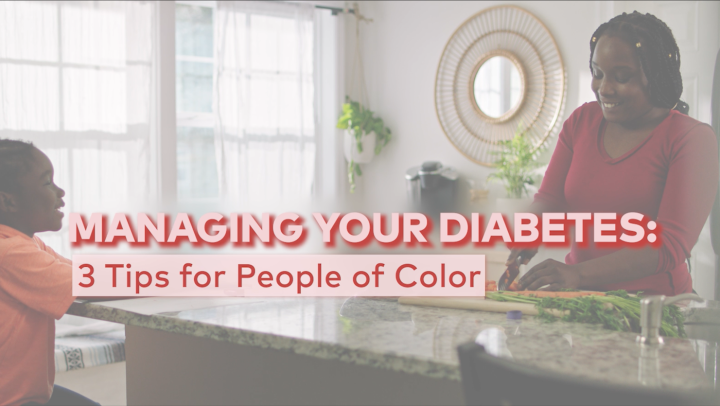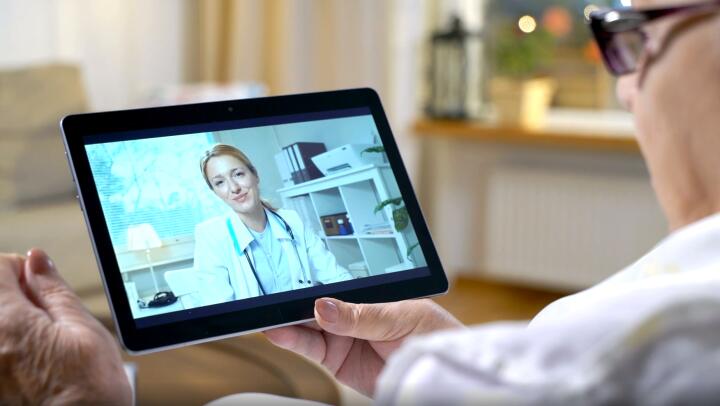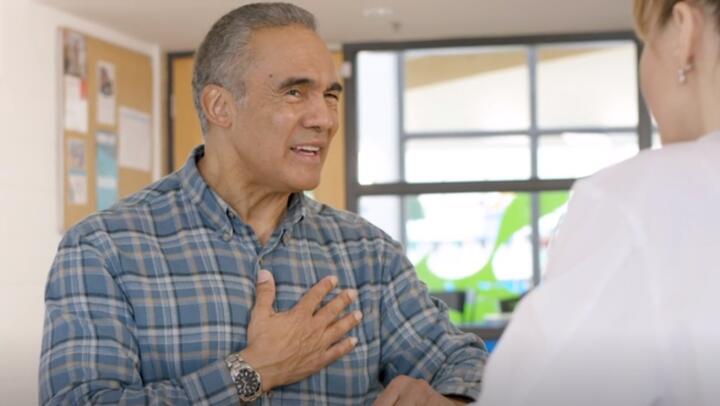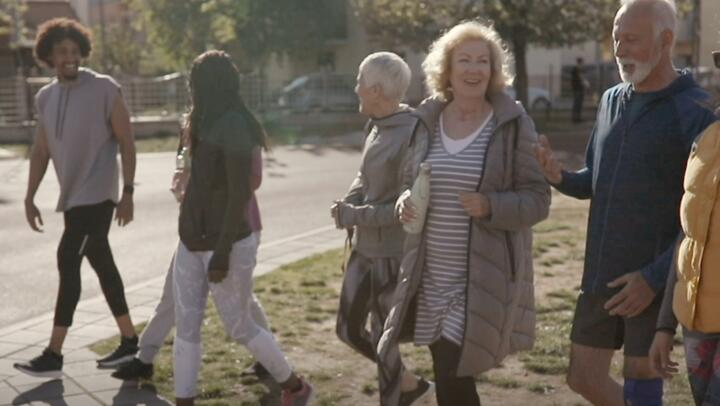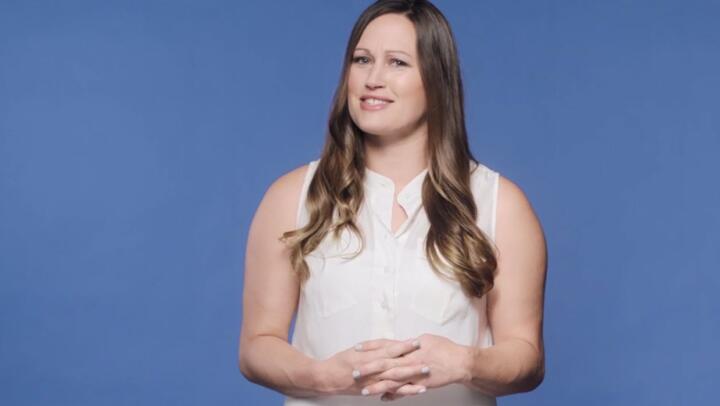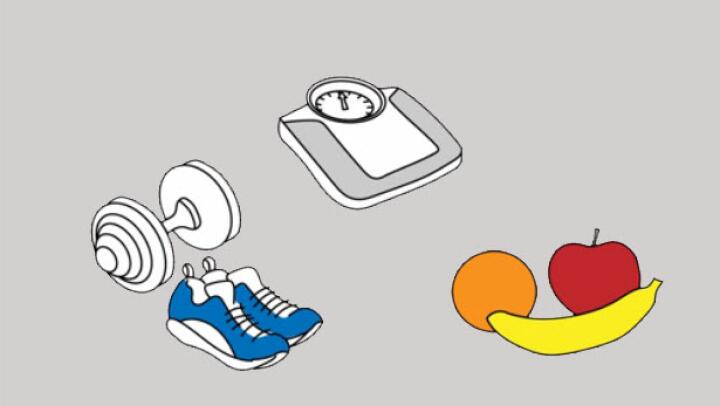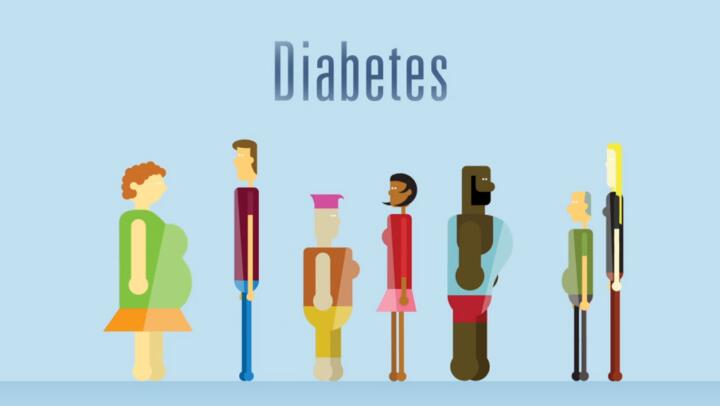Regular eye checkups and effective diabetes treatment can significantly reduce the risks to eye health.
This article explains the symptoms, stages, and causes of diabetic retinopathy. It also discusses when to contact a doctor, treatment, and outlook. Finally, this article reviews prevention and support approaches for people with diabetes and diabetic retinopathy.
Symptoms

Diabetic retinopathy usually does not cause noticeable symptoms in the early stages. Instead, you may notice symptoms at a more advanced stage. These can include:
- worsening vision, such as difficulty reading or difficulty seeing faraway objects
- gradual or sudden vision loss
- floaters, shapes or small blurry figures floating across your field of vision
- streaks in the field of vision
- blurry or patchy vision
- eye pain
- redness in the eye
These symptoms can vary per person. Some people may notice symptoms that come and go. Others may experience persistent or gradually worsening symptoms.
Read more about the signs and symptoms of diabetic retinopathy.
Causes and risk factors
Diabetic retinopathy occurs when diabetes and chronically high blood sugar levels cause damage to the retina’s blood vessels. The damage occurs over time. Diabetic retinopathy may be
The National Institutes of Health (NIH) suggests that more than half of people with diabetes eventually develop diabetic retinopathy.
People with any kind of diabetes can develop diabetic retinopathy. However, some people may have a higher risk because of additional factors, such as:
- having had diabetes for a long time
- having a persistently high blood sugar level
- having high blood pressure or high cholesterol
- being pregnant and developing gestational diabetes
- already having diabetes and then becoming pregnant
The National Health Service (NHS) suggests that people who are of Asian or Afro-Caribbean descent may have a higher risk of diabetic retinopathy. A
Stages and development
There are two main diabetic retinopathy stages: non-proliferative and proliferative.
Non-proliferative diabetic retinopathy (NPDR)

NPDR is the first stage of diabetic retinopathy.
At this stage, tiny blood vessels may bulge and form tiny aneurysms known as microaneurysms. The affected blood vessels may leak blood and fluids into a section of the retina called the macula. This is known as diabetic macular edema, and it can cause retinal swelling and blurry vision.
With NPDR, the affected blood vessels may also close off over time, depriving the retina of oxygen.
NPDR may also cause cotton-wool spots, which are whitish lesions on the eye.
Proliferative diabetic retinopathy (PDR)
PDR is a more advanced stage of diabetic retinopathy. It may take several years for diabetic retinopathy to progress to PDR or vision loss.
With PDR, the oxygen-deprived retina starts to grow new, atypical blood vessels to try to improve circulation. This is known as neovascularization. These new blood vessels are fragile and may leak blood, causing hemorrhages and impairing vision. The atypical vessels may also cause scar tissue and membranes to form, disrupting sight.
At this stage, diabetic retinopathy is very serious.
When to see a doctor
Contact an eye doctor as soon as possible if you have eye or vision symptoms that:
- are new
- are persistent
- go away and come back
Call 911 for severe or sudden symptoms, such as sudden vision loss or severe eye pain.
Having eye or vision symptoms does not necessarily mean that you have diabetic retinopathy. However, symptoms can indicate an underlying eye condition. As a result, it is important to contact an eye doctor to check your eye health.
The Centers for Disease Control and Prevention (CDC) recommends that people with diabetes get an eye exam at least
Contact your primary care doctor if you experience new or changing symptoms of diabetes. Your doctor also can answer questions about your diabetes treatment.
Read more about the symptoms of type 1 and type 2 diabetes.
Diagnosis
An eye doctor may ask questions about your symptoms and medical history before carrying out a comprehensive eye exam. If you contact your general doctor first, they may then refer you to an eye doctor.
Other procedures for diabetic retinopathy diagnosis
- blood tests to monitor the underlying diabetes
- CT scans of the eyes to measure retinal thickness
- ultrasound scans of the eyes to examine their internal structure
- fluorescein angiography
To perform a fluorescein angiography, a clinician injects a vegetable dye into the arm or elsewhere in the body. This dye will travel to the eye through the bloodstream. This allows your eye doctor to check the circulation in the retina.
Treatment and management
Treatment for diabetic retinopathy focuses on improving management of diabetes and supporting eye health.
In the beginning stages of diabetic retinopathy, your doctor
Read more about treating type 1 and type 2 diabetes.
If you have more advanced diabetic retinopathy, treatment for your eyes and vision can include:
- injections with medications to slow or reverse diabetic retinopathy, such as:
- corticosteroids
- anti-VEGF medications
- laser treatment to reduce swelling and address leaking blood vessels
- eye surgery to remove hemorrhages or scar tissue membranes
Complications and outlook
The outlook of diabetic retinopathy can vary based on factors
- how long you have had diabetes
- blood sugar levels and how effectively they are managed
- severity of the diabetic retinopathy and any eye damage
- access to effective treatment
- whether you experience complications
Possible complications of diabetic retinopathy include:
- permanent vision loss or blindness
- eye damage as a complication from treatment, such as from anti-VEGF treatment or laser therapy
- other eye conditions, such as:
- neovascular glaucoma, increased pressure in the eye due to fluid buildup
- retinal detachment, whereby membranes pull on the retina and cause it to detach from the back of the eye
However, treatment can improve your outlook and reduce the risk of complications.
Contact your doctor for personal advice on your treatment and outlook.
Can diabetic retinopathy be reversed?
In some cases, managing blood sugar levels effectively
However, many people with diabetic macular edema may need long-term treatment with injected medications.
Prevention
Not all cases of diabetic retinopathy will be prevented. However, there are approaches that can help reduce risks or keep diabetic retinopathy from getting worse.
The main way to help prevent diabetic retinopathy is to manage:
- blood sugar levels
- blood pressure
- cholesterol levels
Approaches to help do this include:
- having regular checkups with your primary care doctor and eye doctor
- following your treatment plan as prescribed
- contacting your doctor as soon as you notice new symptoms or changes in your symptoms
- eating a balanced diet recommended by your doctor, for example, one that is low in salt, added sugar, and trans fats
- maintaining a moderate weight
- getting regular physical activity
- not smoking
Read more about lowering high blood pressure and high cholesterol levels.
Awareness and support
Diabetic retinopathy and vision loss can affect quality of life. It may also have social and emotional effects as well as impacting health.
The NIH lists
Other care approaches include counseling and social support groups. Ask your doctor or local clinic to recommend support groups or groups that help with access to care.
Summary
Diabetic retinopathy is a complication of diabetes whereby high blood sugar levels cause damage to the retina over time. There may be no symptoms in early stages. Symptoms that develop later include blurry vision, eye redness, and floaters. Severe diabetic retinopathy may cause permanent vision loss.
Treatment for diabetic retinopathy can help stop its progression and improve eye health. Treatment can include:
- managing underlying diabetes
- eye surgery
- laser therapy
- medication injections
Regular eye exams and effective diabetes treatment may prevent diabetic retinopathy.
Contact your eye doctor to plan routine eye checkups. Seek immediate advice for eye or vision symptoms.






